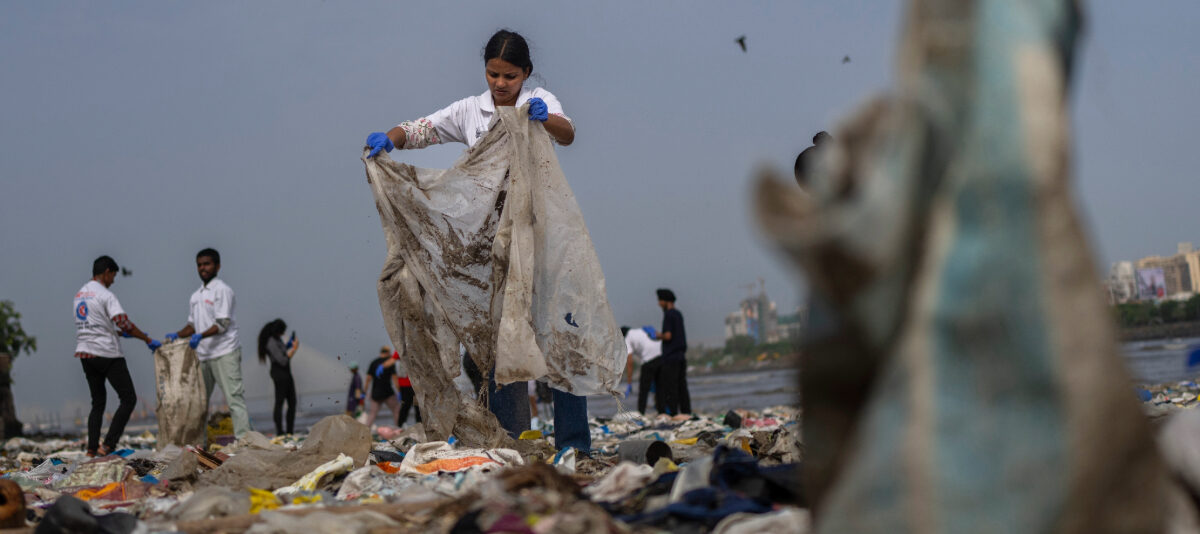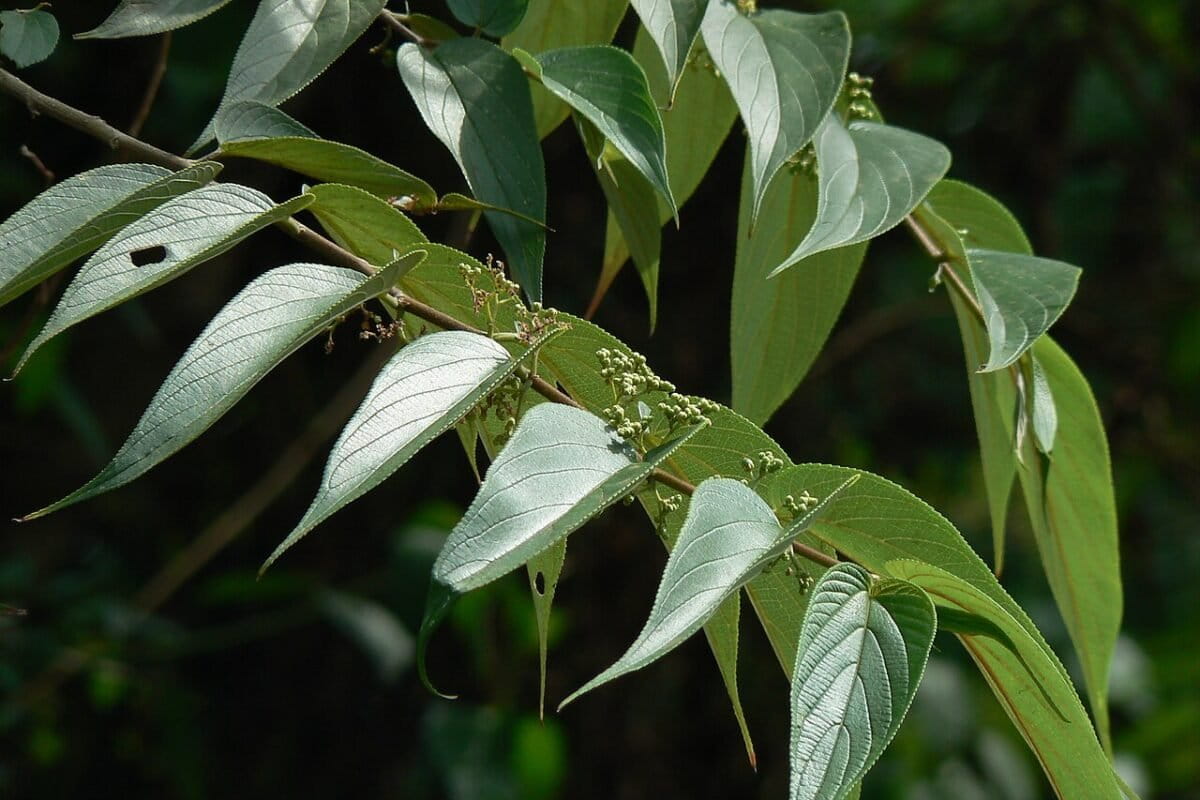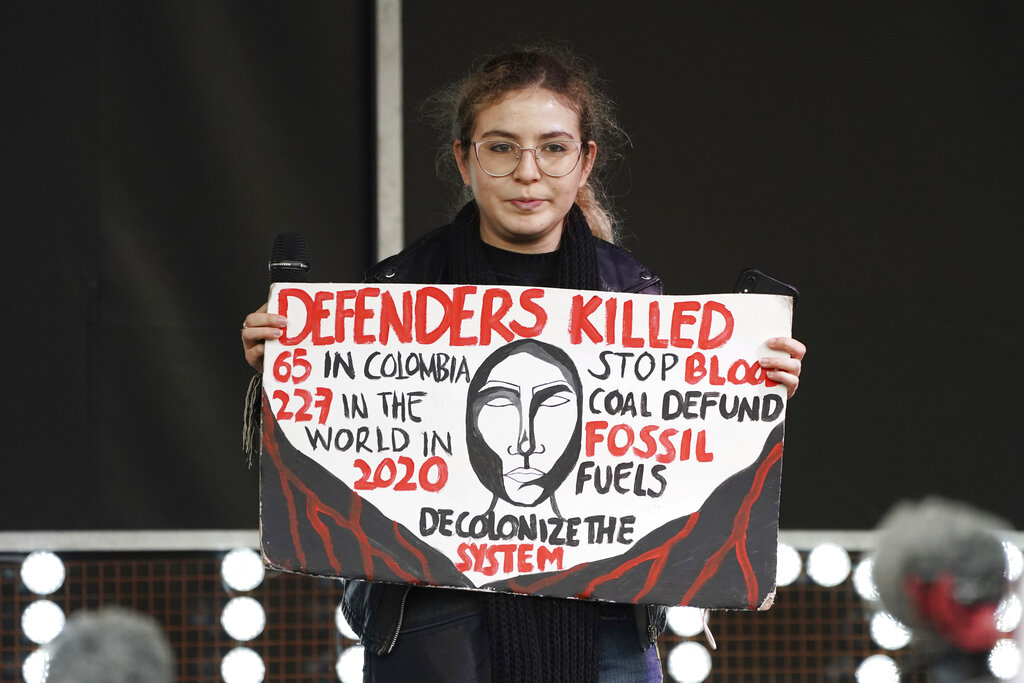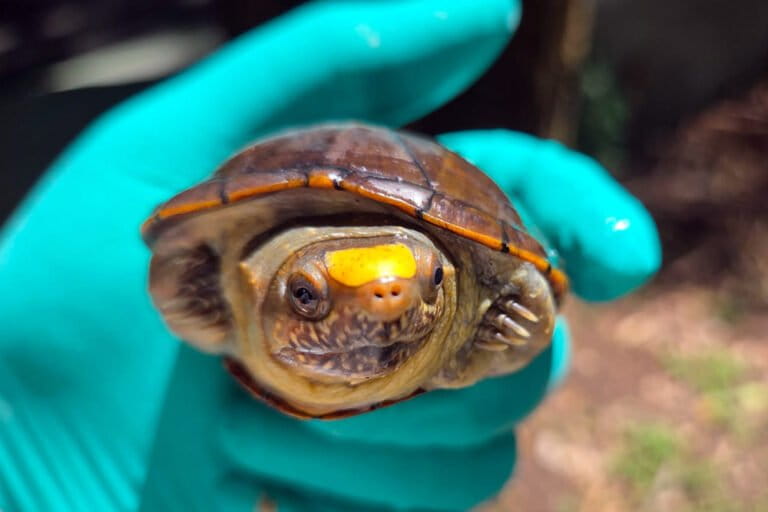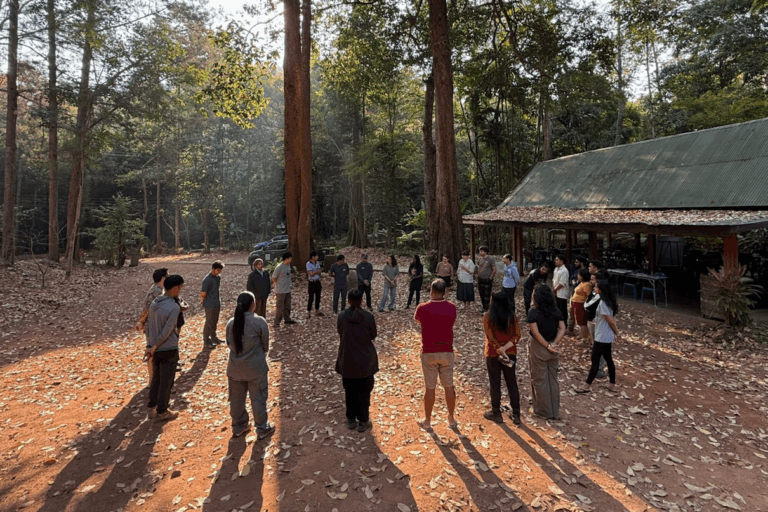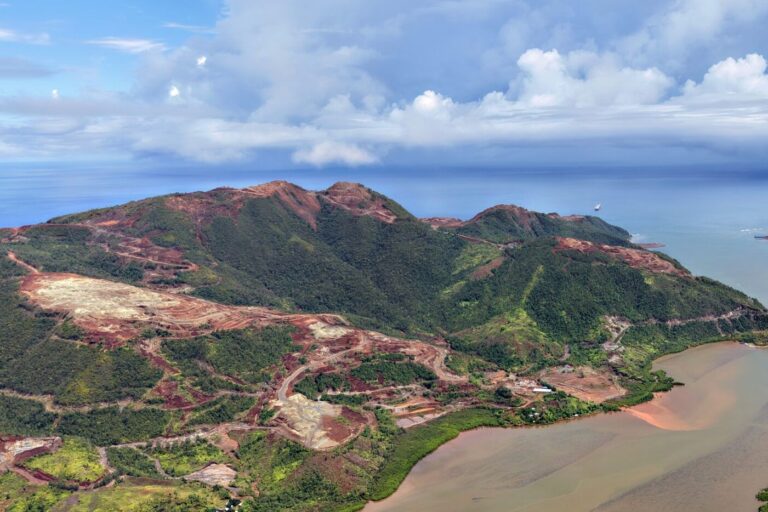- Nickel mining in the southern Philippines is damaging the environment and health and livelihoods of local communities, according to a recent report from U.S.-based NGO Climate Rights International.
- The report looked at the Caraga region on the island of Mindanao, where 23 active nickel mines currently operate.
- Residents interviewed for the report cited siltation of rivers, farms and coastal areas as damage caused by nickel mines, as well as dust pollution during the dry season. They also listed human rights violations against people opposed to the mines.
- The vast majority of nickel mined in the region is exported to China.
MINDANAO, Philippines — Communities living near mining operations in the southern Philippines’ Caraga region are feeling the toll of the global energy transition, with nickel mining driving deforestation and pollution, according to a recent report.
Climate Rights International (CRI), the U.S.-based NGO behind the report, highlighted harms to the environment, local livelihoods and public health linked to nickel mines. People have also been killed or harassed for speaking out against nickel mining projects in the area, the report said. The Philippines has consistently been ranked as one of the deadliest countries for land defenders.
Caraga, on the island of Mindanao, is touted as the “mining capital of the Philippines,” with 26 operating metallic mines, 23 of them nickel — a key element in batteries for electric vehicles and energy storage technologies.
“Harms to local communities and the environment are being driven by the individual and cumulative activities of nickel mining projects,” CRI said.
The region’s nickel production is concentrated in the provinces of Dinagat Islands, which has 10 active mines, and Surigao del Sur, with six active mines. These mines cover 24,221 hectares (59,851 acres) in the Dinagat Islands and 17,614 hectares (43,525 acres) in Surigao del Sur.
Because these mines operate in close proximity to each other, CRI says it’s difficult to attribute the negative impacts experienced by frontline communities to specific companies.
But according to the group’s interviews with 57 residents and workers, San Roque Metals Inc. (SRMI), Oriental Vision Mining Philippines Corporation (OVMPC) and Libjo Mining Corporation (LMC) in the Dinagat Islands; and Marcventures Mining and Development Corporation (MMDC) in Surigao del Sur emerged as companies of focus in the region.
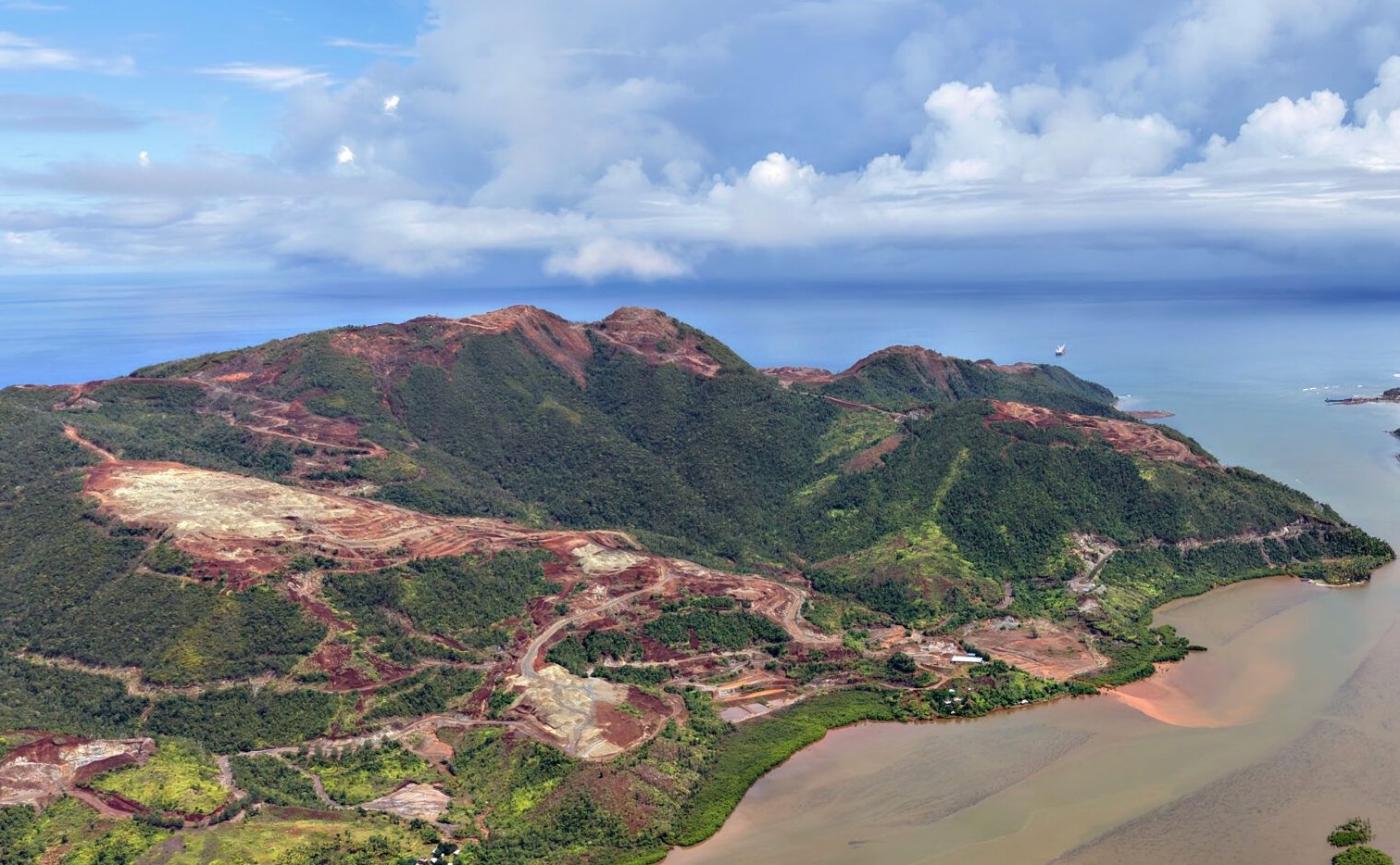
Interviewees blamed the nickel mines for deforestation that caused the siltation of their farms, rivers and coastal areas during the rainy season, which in turn impacted their livelihoods. They also blamed them for dust pollution during the dry season, which they say causes respiratory problems.
Of the four companies, only MMDC responded to CRI’s investigation, describing the report as “fake news” and saying it regularly monitors air and water quality through a third party. It also said it doesn’t cut trees without government approval.
Mongabay contacted LMC but did not receive a response by the time this story was published, while the other two companies did not have publicly available contact information.
Mavic Hilario, a conservation specialist at Dinagat Communities for Conservation, a local environmental NGO, said mining does more harm than good in this region.
“Some argue that mining helps with employment, but in reality it destroys fishing grounds, agricultural land, and water sources, the very things that sustain these communities long-term,” she was quoted as saying in the report, which was released Nov. 4.
In 2024, the Philippines mined 252.90 billion pesos ($4.27 billion) worth of metals, up 1.28% from 2023, according to data from the government’s Mines and Geosciences Bureau (MGB).
Nickel ore and its byproducts, nickel-cobalt mixed sulfide and scandium oxalate, accounted for the second-largest share of that value (after gold), at 94.23 billion pesos ($1.59 billion).
From April 2020 to December 2024, according to CRI, 92% of nickel ore mined in the Caraga region was exported to China, and 5.5% to Indonesia. That’s because there’s only one nickel-processing facility in the region, part owned by Japanese firms Sumitomo Metal Mining Co. and Mitsui & Co. Ltd., which can’t cope with the volume mined.
According to CRI, the refined nickel-cobalt sulfide is shipped to Sumitomo’s facility in Japan for further processing into high-quality, battery-grade nickel. Sumitomo reportedly supplies battery-grade minerals to Panasonic, which produces batteries for Tesla, and to Toyota.
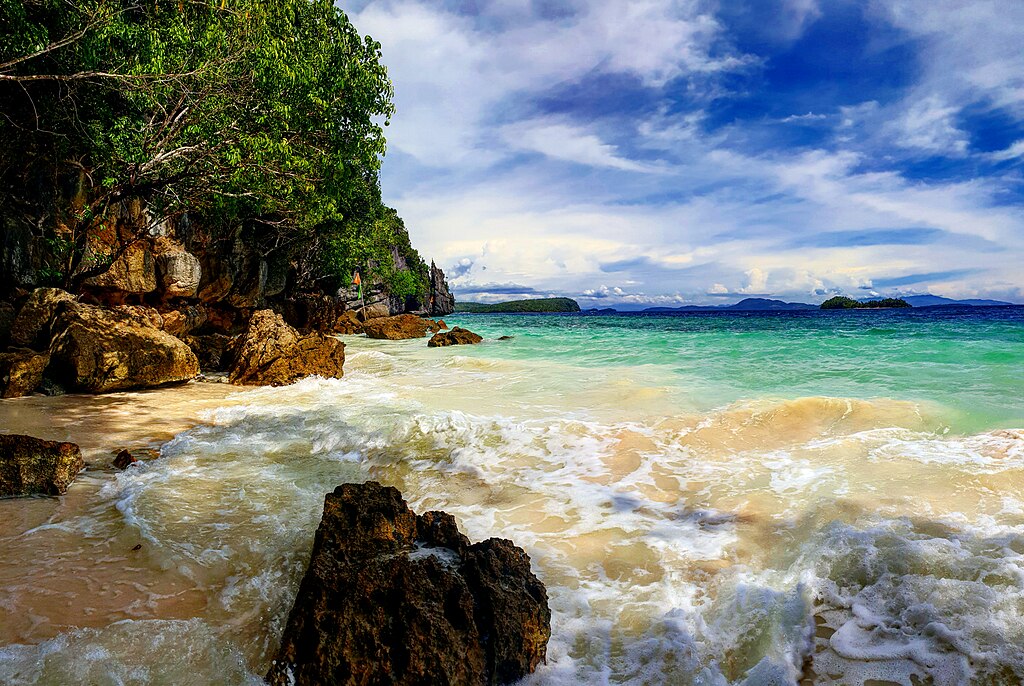
With China as the major market for raw nickel ore produced in Caraga, the CRI report called on all EV battery manufacturers and global EV companies that use batteries containing nickel to investigate their supply chains to ensure they’re not using nickel whose production contributes to environmental destruction and human rights violations.
“Electric vehicle and battery companies have unique leverage to demand that the mining industry cleans up its act,” report co-author Krista Shennum, a researcher at CRI, said in a statement.
She added that if EV companies want to position themselves as global leaders in the fight against climate change, they must demand that mining companies in their supply chains respect the rights of communities and end environmentally destructive practices.
CRI also called on the Philippine government to fully enforce and strengthen laws and regulations to minimize the impacts of nickel mining on communities.
Nickel mining damage near UNESCO site stirs outrage in southern Philippines
FEEDBACK: Use this form to send a message to the author of this post. If you want to post a public comment, you can do that at the bottom of the page.



